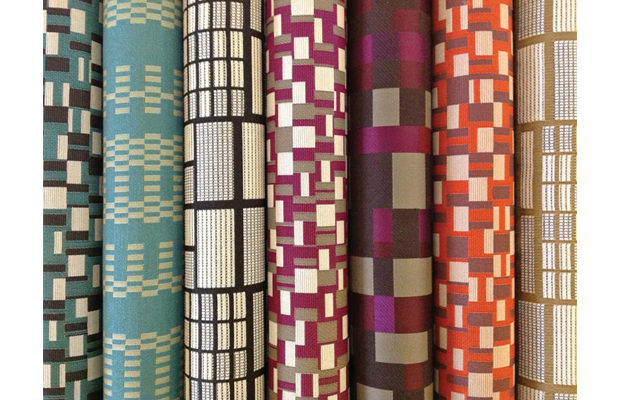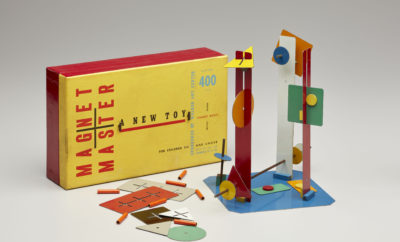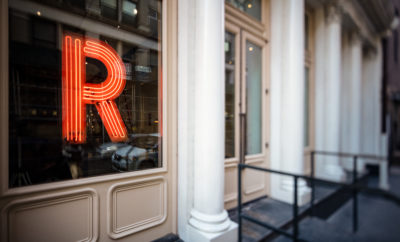 Sina Pearson Textiles
Sina Pearson Textiles
Design
Textiles and the City: Design by Inspiration
In 1934 New York City opened an elevated rail system spanning Manhattan’s Lower West Side. The freight line was an integral part of the city’s transport of goods and materials until the rails were closed in 1980; but after some thirty dormant years the structure reopened in 2009 as the High Line—a public park hovering thirty feet above the busy streets. Today visitors to the High Line can mingle with indigenous plants, contemporary art, local cuisine, and of course the city itself. It is these elements that combined to inspire Sina Pearson’s rhythmic new Walking the High Line series of fabrics. The four patterns are geometric and call to mind everything from the railroad ties underfoot (in Tracks) and the surrounding layers of square and rectangular glazing (in Windows) to the tall buildings in the distance (Skyline) poking above the overlapping grid of modernist structures (in Facades). The patterns appear in four color families combining the neutral grays of the metropolitan landscape with bursts of color taken from the High Line’s array of wildflowers; the adaptive reuse of the High Line also inspired Pearson’s interest in sustainable design and use of recycled materials in the fabric. sinapearson.com

Kirkby
New York City isn’t the only source of railway-inspired design. UK-based Kirkby Design has taken the occasion of the 150th anniversary of the London Underground to introduce its Underground Collection, which re-creates five iconic fabric designs taken from the London Transport Museum. The original thick velvety moquette fabrics were created under the direction of Frank Pick, publicity manager and later managing director of London Transport from 1907 to 1940. Pick commissioned innovative designs for everything from station architecture, maps, and signage to promotional posters and the fabric on the seats. To this end he enlisted the talents of artists like Marion Dorn, Paul Nash, and Enid Marx, who was told that in addition to looking well in artificial lighting, the material should “look fresh at all times, even after bricklayers had sat on it.” Pick’s legacy of a well-designed commuter fleet endured, and today’s re-creations draw from designs for 1930s buses, 1950s Green Line coaches, and tubes from the 1970s and 1990s. The goals for today’s fabrics are the same: innovative geometric designs in bold, contemporary color palettes, and of course the ability to hide wear, tear, and bricklayer’s dust. kirkbydesign.com

James Shanks Photo
Another collaboration bringing the urban environment indoors is the new Grethe Sørensen Collection produced for Wolf-Gordon. The Danish Sørensen combines her traditional weaving expertise with an extensive knowledge of digital photography and technology. She has developed a “random weave” method that combines the two mediums by translating photographic pixels into thread. Her images of light-filled cityscapes are abstracted into delicate, ethereal compositions effecting the look of unfocused light. Millions of Colors, the upholstery fabric in her new line, is aptly named. Sørensen’s random weave technique arranges pixels of basic colors to create endless gradations that gradually shift into each other. While Sørensen’s work is undeniably modern, it certainly owes a debt to the study of light and color in impressionist painting and even the beauty of chance in surrealism. Wolf-Gordon, an American company, released Sørensen’s line in March, which includes three versions of the Millions of Colors fabric and twenty-six colorways of her three wall-covering patterns. wolfgordon.com












